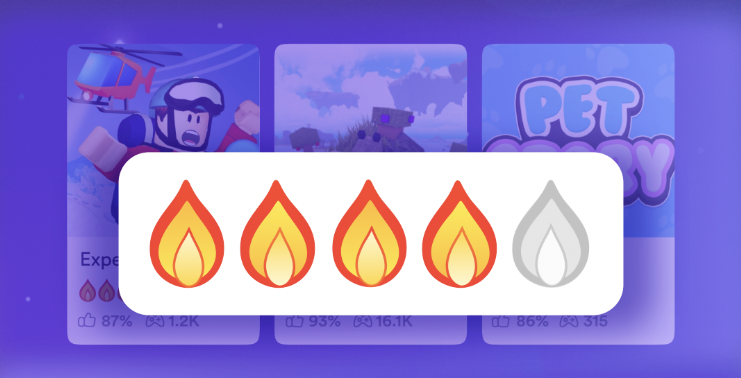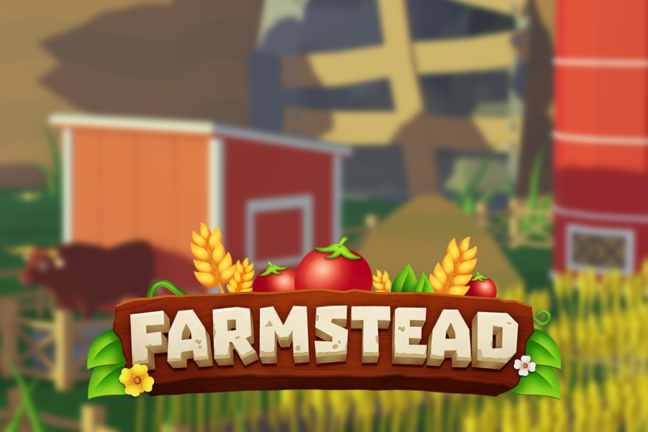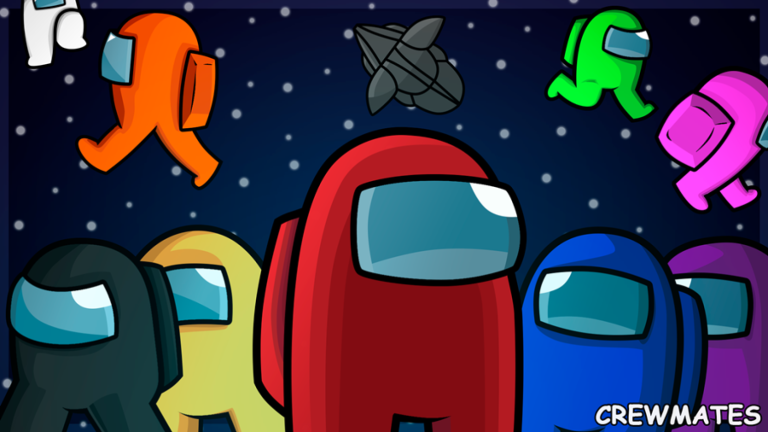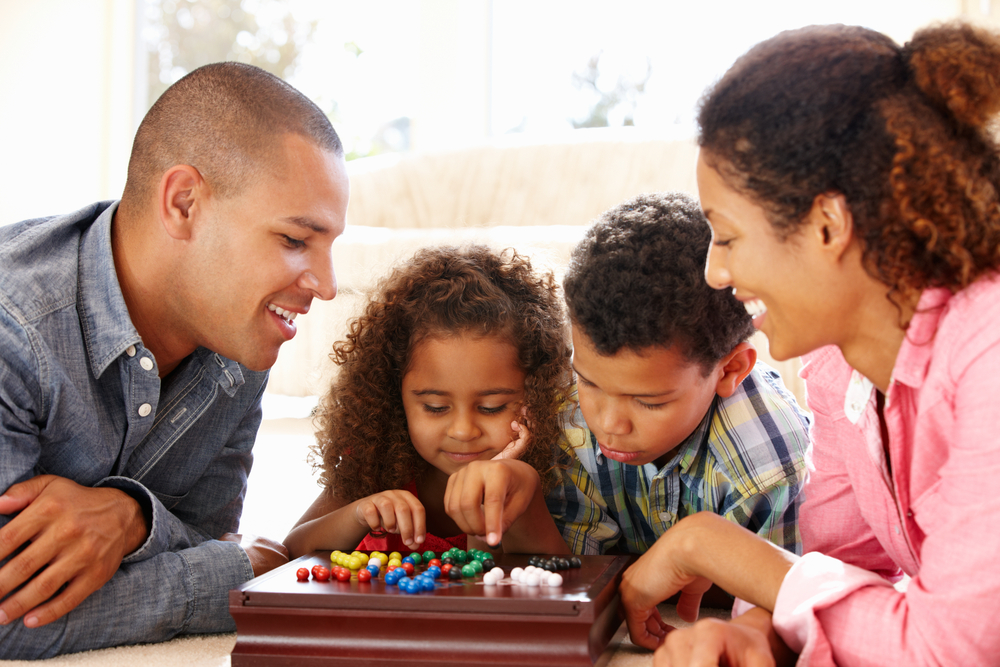What Happens When Games Don’t Meet Kinjo’s Learning Standards?
Exploring Zero Flame Games in Kinjo
If your child plays Roblox, Kinjo can help them improve the quality of their screen time. How? By recommending the best Roblox games for learning and skill-building.
But what about those not-so-great games your child plays? Are they still featured in the Kinjo app?
Let’s explore why a game may be rated zero flames (and what that even means). And bonus — you’ll also discover how you can encourage your child to make better gaming choices with Kinjo.
Quick note — we’ll be only briefly mentioning how Kinjo measures game complexity and learning potential to determine flame levels in this article. But if you want to dive deeper into how Kinjo works with Roblox, just follow the links.
Now, let’s learn all about zero-flame games (and how to avoid them)!
Why does Kinjo rate some games as zero flames?
When your child uses Kinjo, they see Roblox games rated on a scale of 1 to 5 flames. A game’s flame level is based on both its complexity and life skills learning practice found in the game.
More flames = more learning.
And for your child, more flames = more Kinjo Coins — Kinjo’s reward system that can be cashed in for gaming currency (like Robux!).
But if your child is playing a bunch of zero-flame games, don’t worry yet! There are two reasons a game may have zero flames.
- The game has not yet been rated by the Kinjo team.
- The game has been reviewed, but does not have enough complexity or learning involved to qualify.

How does Kinjo choose which games to review and rate?
Did you know there are over 40 million games on Roblox? Crazy, right?! So how does Kinjo decide where to focus our time?
Kinjo prioritizes the games for rating based on popularity — both in the amount of time played and the number of Kinjo kids that play them.
Currently, we cover about 70% of all Kinjo Kids’ Roblox gameplay! But while the majority of Kinjo gameplay is covered, there are many more obscure experiences that we haven’t gotten to yet.
If your child’s Cognitive Challenge meter looks low, they may still be playing games with learning value. Those games might just be less popular or brand-new. If you or your kiddo has a cognitively challenging game to recommend, send an email to [email protected]. We’d love to check out their favorites!
Kinjo-reviewed zero-flame games
Of course, not every game we encounter passes the Kinjo test.
If you’ve ever explored Roblox, then you’ve likely run into some of these games. They may be poorly made, or just have no purpose. And when that happens, they carry very little learning value.
These not-so-great games are rated 0 flames and are not featured in the Kinjo app.
But good news — only about 15% of the games we’ve reviewed fall into this category. That means 85% of the more popular games actually do have at least some learning value!
Often, parents find this surprising. On first view, most of the games on Roblox feel pointless. But as you dive in deeper, you begin to discover just how much skills practice your child is getting inside of Roblox.
What makes a game great for learning?
We’ve briefly mentioned that Kinjo rates games based on the complexity of their game mechanics and the life skills practice they offer.
These raw scores are then compared to other games in the same gaming genre (and sub-genre). And it’s how these games rate against each other that determines their flame rating. For example, only the top 10% of the highest-scoring games in every genre will be rated as 5 flames.
But none of this matters if the game is not fun. And that’s actually a major distinction between higher flame games and zero flame games.
In our research, the best games for fun AND learning exhibit the following five characteristics of play.
The 5 characteristics of play found in the best Roblox games
1. Joyful
In a well-designed video game, players get to experience the joy of discovery. This can look like hidden easter eggs or surprise rewards. A great example is the Roblox game Booga Booga. In this game, players often stumble upon hidden treasures or breathtaking vistas, triggering a sense of joy and curiosity that keeps them engaged.
Another important aspect of joyful play is autonomy. Kids desire more control over their environment. And this is something Roblox does particularly well.
Roblox allows for loads of customizations, from their avatars to their gaming experiences. And many of Roblox’s games feature elaborate customizations.
Feather Family, a bird role-playing game, is a great example. Kids can start with a default hummingbird, and then tweak it to look exactly how they’d like — changing colors, textures, and adding effects.
This can get wildly creative. Kids are no longer just creating colorful hummingbirds, but also morphing them into fairies for more advanced role-play and storytelling. And this joyful and creative play would not be possible in games with fewer customization options.

2. Actively Engaging
The best video games are immersive. But you don’t need a fancy VR set to feel like you’re there. You only need to be actively engaged.
Many video games require players to jump into advanced problem-solving and decision-making. In the Roblox game Farmstead, you have to manage resources and complete tasks to level up and grow a successful farm.
In strategy games like Roblox’s Rise of Nations, players must make complex decisions about diplomacy and resource management. As you play, the stakes feel high, fostering active engagement and improving executive control.
And don’t forget horror games! When you have tasks or a mission to complete, and jumpscares are possible around every corner, it’s hard to not be actively engaged. The thrills, fun, and learning are all definitely real.

3. Iterative
Does your kiddo always want or expect to get everything right on the first try? Video games are a gentle way to break that mindset and encourage practice.
Most games are not designed to be beaten on the first try. The best video games encourage players to experiment and improve their skills. In games like Islands players continually redo their creations, learning from past mistakes and finding innovative ways to build structures. This iteration fosters flexible and creative thinking.
If your kid loves a challenge, encourage them to try some roguelike or roguelite games, like Doors. In these games, iteration is required to succeed. If you don’t learn from past mistakes or experiences, you can bet you will repeat them and be forced to start over.

4. Meaningful
Have you ever played The Walking Dead games? While we don’t recommend these for young gamers (they are intense), they are excellent examples of a meaningful experience.
Games are like interactive shows. And they can create meaning (and bring up intense emotions) by weaving intricate narratives. This connects players emotionally to the game world, adding even more to the previous elements — joy and active engagement.
Roblox has several story-style games that aim to drop you into the action of a narrative. A popular example is Break In. In this game, your choices impact the story and the characters they encounter. Your decisions feel significant and meaningful, creating a more enjoyable experience.

5. Socially Interactive
Roblox is a social platform. You’re encouraged to make gaming friends, and most games have a chat feature. And in socially interactive games, this adds to the immersive experience.
While most games on Roblox are multiplayer, not all of them use this feature in their game mechanics. But many great games do.
For example, the game Crewmates (a Roblox version of Among Us) thrives on social interaction. In fact, it wouldn’t work without it. Players must collaborate, strategize, and form relationships with other players to win.
So while video games have historically been considered a loner activity, this is simply not the case. And it’s certainly not in Roblox. Instead, these socially interactive games promote healthy interactions, teamwork, and the development of empathy.

What to look for in your child’s Roblox play
If your child is playing games that exhibit some of the above attributes of play, then they are likely playing a great game.
Most zero-flame games are missing these crucial elements. And so they quickly lose their appeal. But every once in a while, your child may run across something that is just mediocre at best.
Here are a few things to look out for:
Repetitive, monotonous tasks with no clear purpose
Often these games are missing a story element. An example of monotony with no real purpose is Muscle Legends.
Passive observing as opposed to active playing
Some games just don’t bother including interactive features, leaving players with little to do. These are often social-heavy, lounge-style games, where kids just hang out and chat. An example of this is Salon de Fiestas. This is less of a game and more of a chat room.
Games with toxic or suggestive communities
These are also more focused on social interaction than gameplay. An example is the Roblox game Truth or Dare. And yes, it’s just like the classic you played as a kid — but virtual. These experiences can be negative. And don’t promote meaningful friendships or true social collaboration.
Outside of the above, you’ll likely be surprised by just how much learning can be found on Roblox. The trick is to not get too wrapped up in “good” vs. “bad”.
Obbys, or obstacle course-style games, may seem pointless, but they’re actually a great way to practice basic psychomotor skills. And some, like Obby Creator, are complex games full of creativity and challenge.
If you’ve ever been surprised by some of Kinjo’s ratings, we get it. But the learning is there, even if it doesn’t look like books and worksheets.

Use Kinjo to Encourage Better Gaming Choices
If Roblox feels like a lot to manage, we’re here to help you take the pressure off!
When your child starts their gaming with Kinjo, they’ll be presented with only the best games for learning. Games that feature the five elements of play and enough challenge to be both fun and educational.
If you’re ready to stop the screen time battles, give Kinjo a try today!
[Download the Kinjo App in the App Store]







